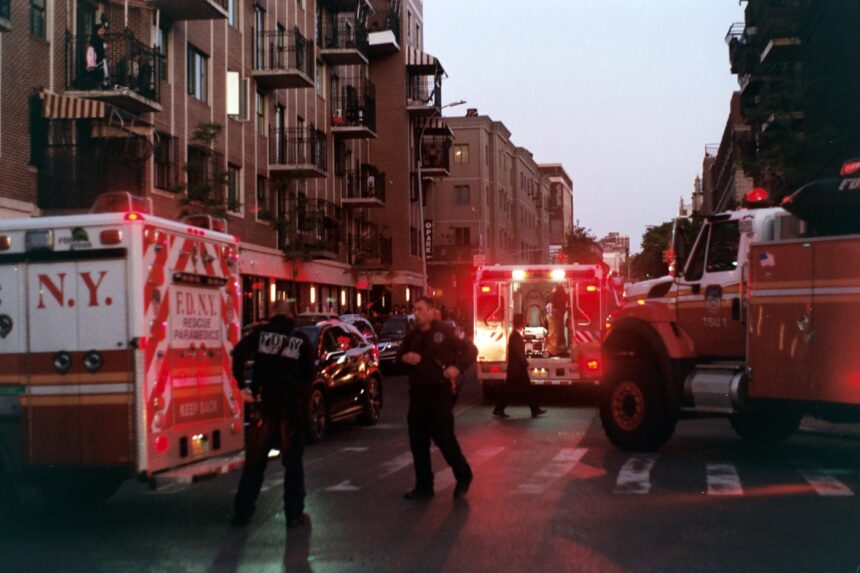Reviewing the literature and studies conducted so far in the field of road accident analysis, we found that several road accident estimation models have been developed so far. Although the in-depth research of these models sometimes reaches quite profound heights, none of them can accurately estimate the location and cause of accidents due to the lack of accident statistics. For this reason, we propose to develop a model that analyses the cause of road accidents following the input of accident data so that only
a few primary indicators. In order to check the functioning of the proposed model, a survey was carried out on the most affected streets due to road accidents. The analysis of the locality with the help of the road accident data collection model with indices describing the road network and transport network allows revealing the problem related to the design, zoning, location of the road and transport network in the locality.
Like it or not, we are all participants in traffic. Every day, we spend more time travelling in our cars to reach different destinations, such aswork, leisure or rest areas, hospitals, schools, kindergartens, etc. We don’t even We don’t even realise the risks we run whenever we go out on the road. Traffic jams, traffic jams, blocked intersections, aggression, young people driving, careless pedestrians, noise pollution, illegally parked cars, all define contemporary traffic in which nobody seems to respect the rules any more. Unfortunately, all these problems are reflected in the very high number of road accidents, and most fatalities are the result of road accidents. These issues highlight the need for comprehensive research into road traffic accidents in order to identify new solutions and proposals for improving road safety.
By reviewing the literature and studies conducted so far in the field of road accident analysis, we have concluded that several models have been developed to estimate road accidents. Two main categories of multifactorial modelling can be distinguished, resulting from Smeed’s and Weber’s models.Bortkiewicz Weber’s and Smeed’s original formulations gave rise to two parallel streams of road accident explanations, distinct today, which share the “public health”, epidemiological focus on establishing multiple correlations that gave rise to hypotheses for corrective interventions that can be tested . The DRAG-1 model, defined in 1984 (in French) and subsequently DRAG-2 (in English) (Gaudry, 2000) appears to achieve a synthesis ofrelevant synthesis of the causes and consequences of road accidents. Although, the depth research of these models sometimes reaches quite deep levels, none canaccurately estimate the location and cause of accidents, due to insufficient accident statistics.
Source: Infraser.ro







